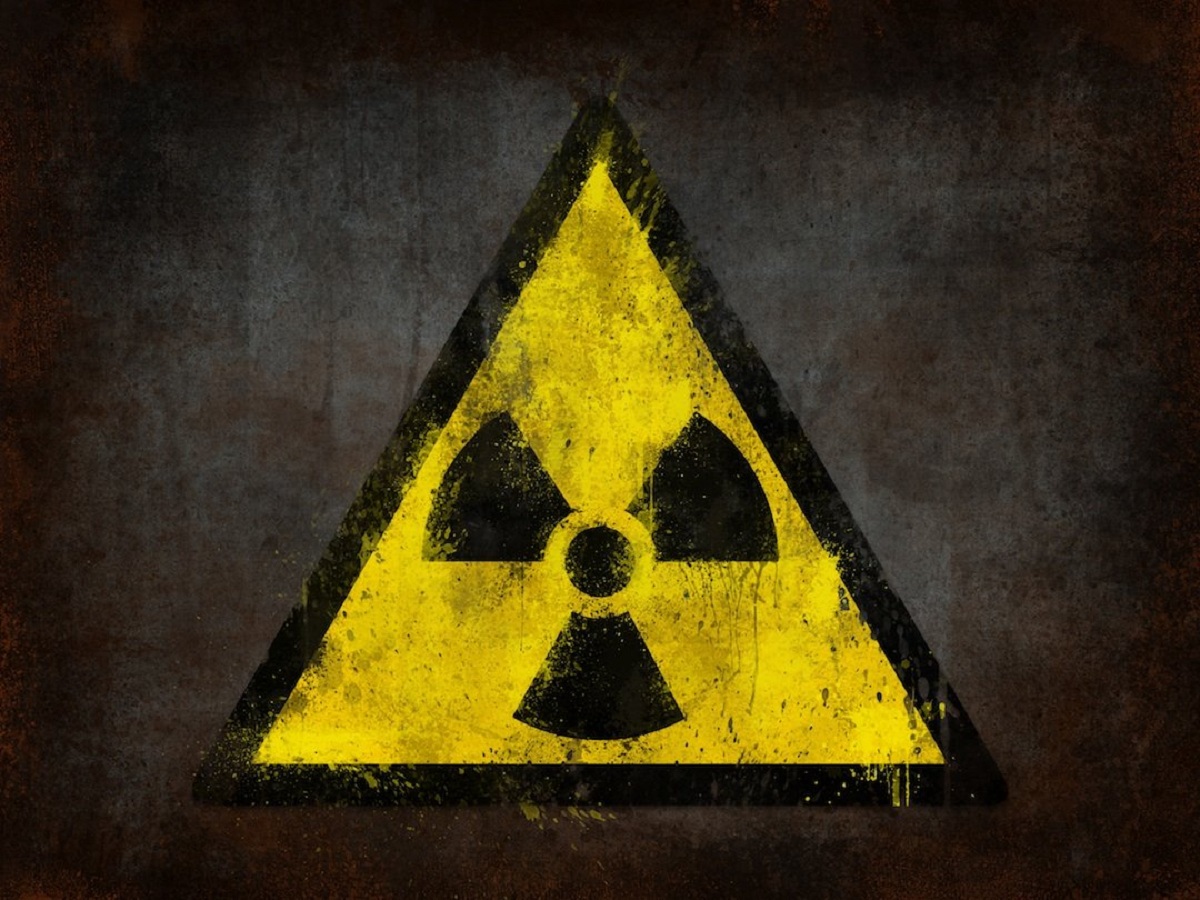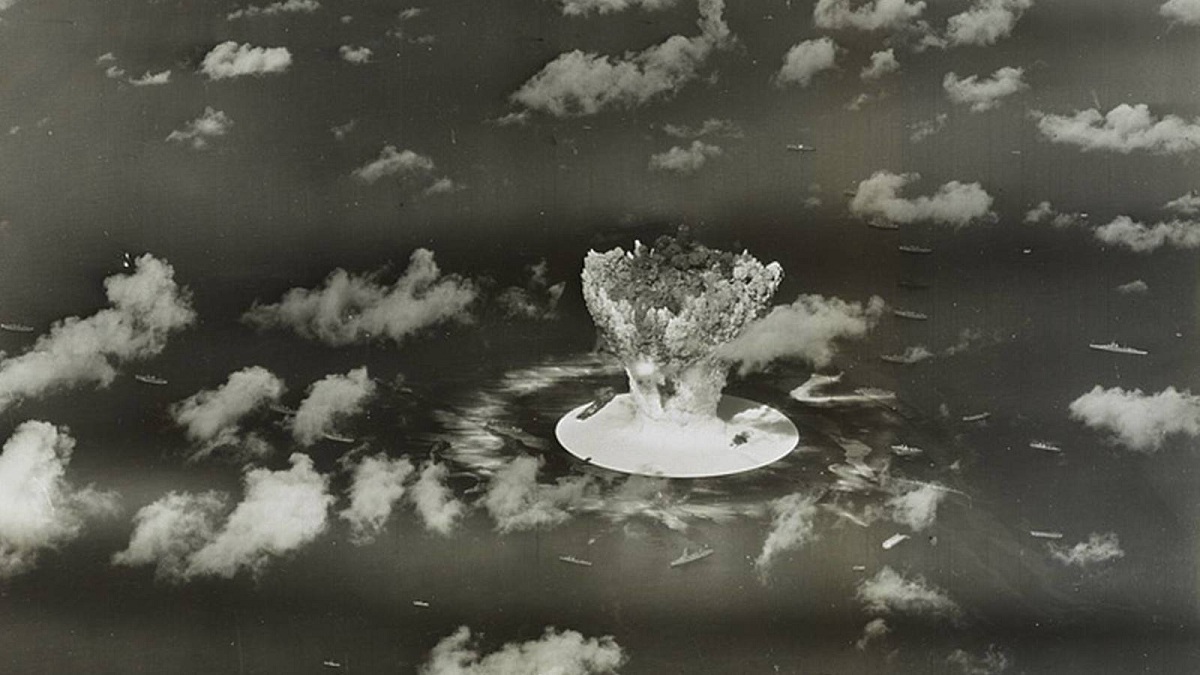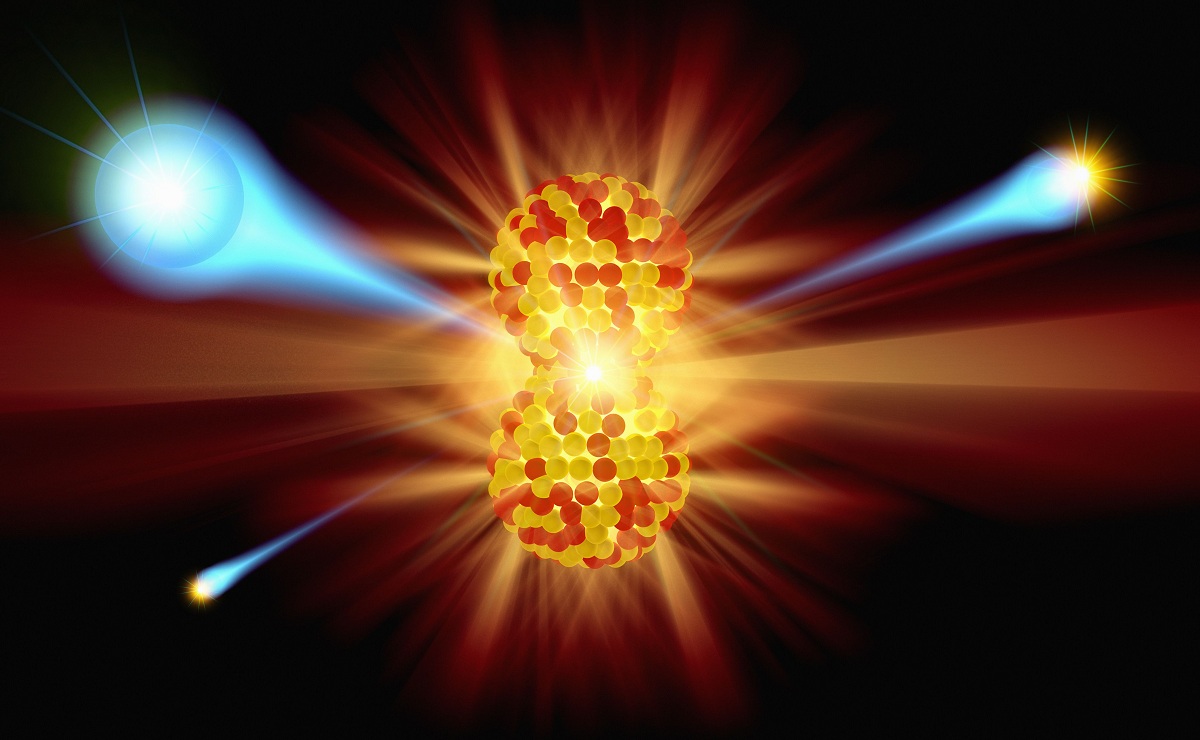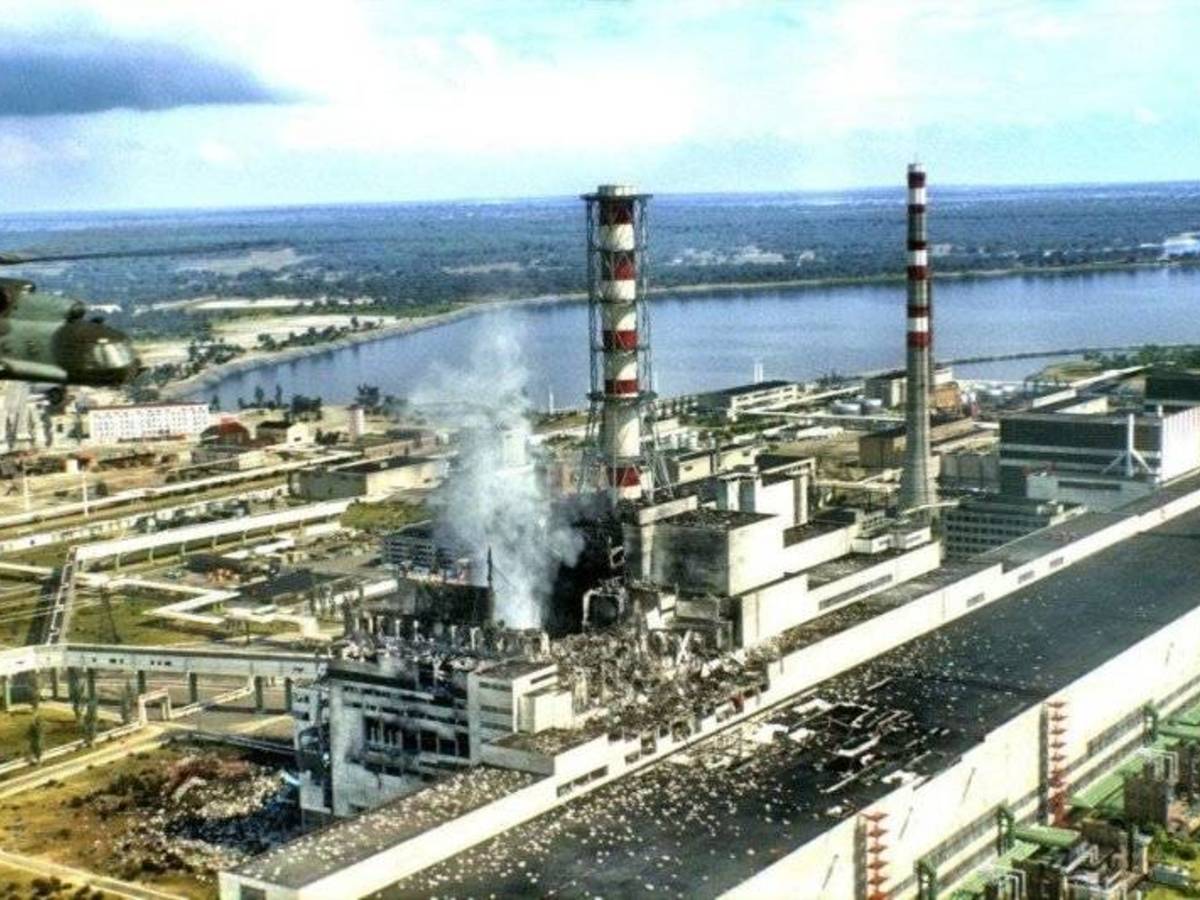
In the field of nuclear energy, Nuclear radiation. It is also known by the name of radioactivity. It is the spontaneous emission of particles or radiation or both at the same time. These particles and radiation come from the disintegration of certain nuclides that form them. The goal of nuclear energy is to disintegrate the internal structures of atoms to generate energy through the process of nuclear fission.
In this article we are going to tell you what nuclear radiation is, its characteristics and importance.
Key features

Radioactivity is spontaneous emission of particles or radiation, or both. These particles and radiation come from the decomposition of certain nuclides that form them. They disintegrate due to the arrangement of internal structures.
Radioactive decay occurs in unstable nuclei. That is, those that do not have enough binding energy to hold the nuclei together. Antoine-Henri Becquerel discovered radiation by accident. Later, through Becquerel's experiments, Madame Curie discovered other radioactive materials. There are two types of nuclear radiation: artificial and natural radioactivity.
Natural radioactivity is the radioactivity that occurs in nature due to the chain of natural radioactive elements and non-human sources. It has always existed in the environment. Natural radioactivity can also be increased in the following ways:
- Natural causes. For example, volcanic eruption.
- Indirect human causes. For example, digging underground to build the foundation of a building or developing nuclear energy.
On the other hand, artificial radioactivity is all radioactive or ionizing radiation of human origin. The only difference between natural radiation and man-made radiation is its source. The effects of the two types of radiation are the same. An example of artificial radioactivity is radioactivity produced in nuclear medicine or nuclear fission reactions in nuclear power plants to obtain electrical power.
In both cases, the direct ionizing radiation is alpha radiation and beta decay made up of electrons. On the other hand, indirect ionizing radiation is electromagnetic radiation, like gamma rays, which are photons. When man-made radiation sources, such as natural radiation sources, are used or disposed of, radioactive waste is generally generated.
Types of nuclear radiation

There are three types of nuclear radiation were emissions: alpha, beta and gamma rays. Alpha particles are those with a positive charge, beta particles are negative, and gamma rays are neutral.
It can be considered electromagnetic radiation to gamma radiation and X-rays. Particles from alpha and beta radiation are also emitted. Each type of emission has a different time of penetration into matter and ionization energy. We know that this type of nuclear radiation can cause serious damage to life in different ways. We are going to analyze each of the nuclear radiation that exists and its consequences:
Alpha particles
Alpha (α) particles or alpha rays are a form of high-energy ionizing particle radiation. It has almost no ability to penetrate tissues because they are large. They are made up of two protons and two neutrons, which are held together by powerful forces.
Alpha rays, due to their electrical charge, interact strongly with matter. They are easily absorbed by the material. They can only fly a few inches in the air. They can be absorbed into the outermost layer of human skin, so they are not life-threatening unless the source is inhaled or ingested. In this case, however, the damage will be greater than that caused by any other ionizing radiation. At high doses, all the typical symptoms of radiation poisoning will appear.
Beta particles
Beta radiation is a form of ionizing radiation emitted by certain types of radioactive nuclei. Compared to the interaction of alpha particles, the interaction between beta particles and matter usually has a range ten times greater and an ionization capacity equal to one-tenth. They are completely blocked by a few millimeters of aluminum.
Gamma particles
Gamma rays are electromagnetic radiation produced by radioactivity. They stabilize the nucleus without changing its proton content. They penetrate deeper than β radiation, but they have a lower degree of ionization.
When an excited atomic nucleus emits gamma radiation, its mass and atomic number will not change. You will only lose a certain amount of energy. Gamma radiation can cause serious damage to cell nuclei, which is why it is used to sterilize medical equipment and food.
Nuclear radiation in power plants

A nuclear power plant is an industrial facility that uses nuclear energy to generate electricity. It is part of the family of thermal power plants, which means that it uses heat to generate electricity. This heat comes from the fission of materials like uranium and plutonium. The operation of nuclear power plants is based on the use of heat to drive turbines through the action of water vapor, which are connected to generators. A nuclear fission reactor is a facility that can initiate, maintain and control fission chain reactions, and has sufficient means to remove the generated heat. To obtain water vapor, uranium or plutonium is used as fuel. The process can be simplified in five stages:
- The fission of uranium occurs in a nuclear reactor, releasing a lot of energy to heat the water until it evaporates.
- Steam is delivered to the steam turbine generator set through the steam loop.
- Once there, the turbine blades rotate and move the generator under the action of steam, thus converting mechanical energy into electrical energy.
- When the water vapor passes through the turbine, it is sent to the condenser, where it cools and turns into a liquid.
- Subsequently, the water is transported to obtain steam again, thus closing the water circuit.
The uranium fission residues are stored inside the factory, in special concrete pools of radioactive materials.
I hope that with this information you can learn more about what nuclear radiation is and its characteristics.